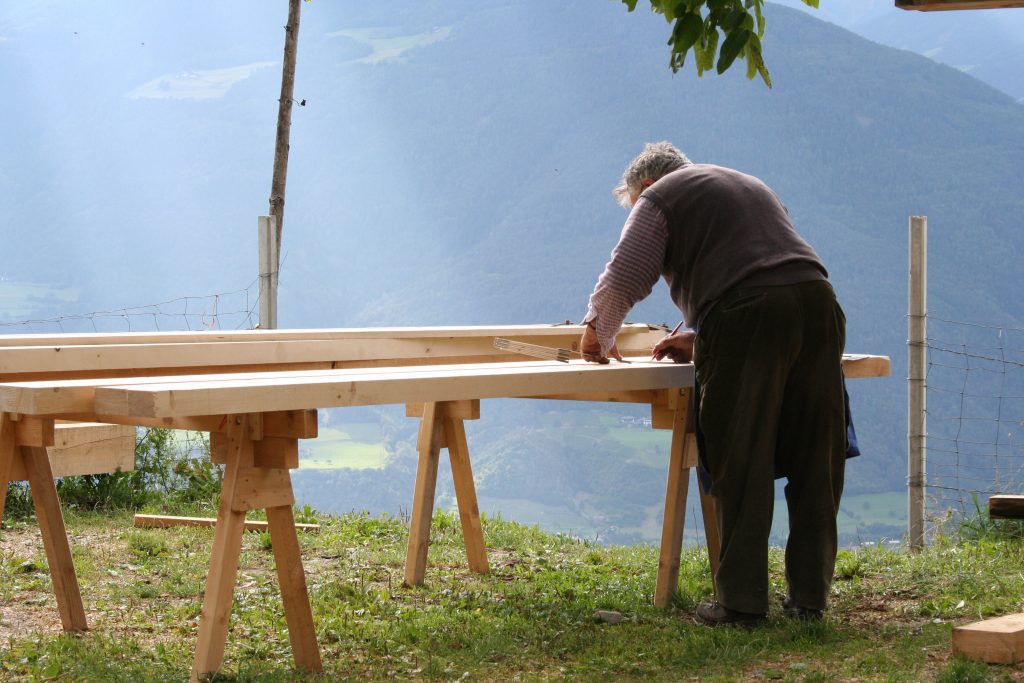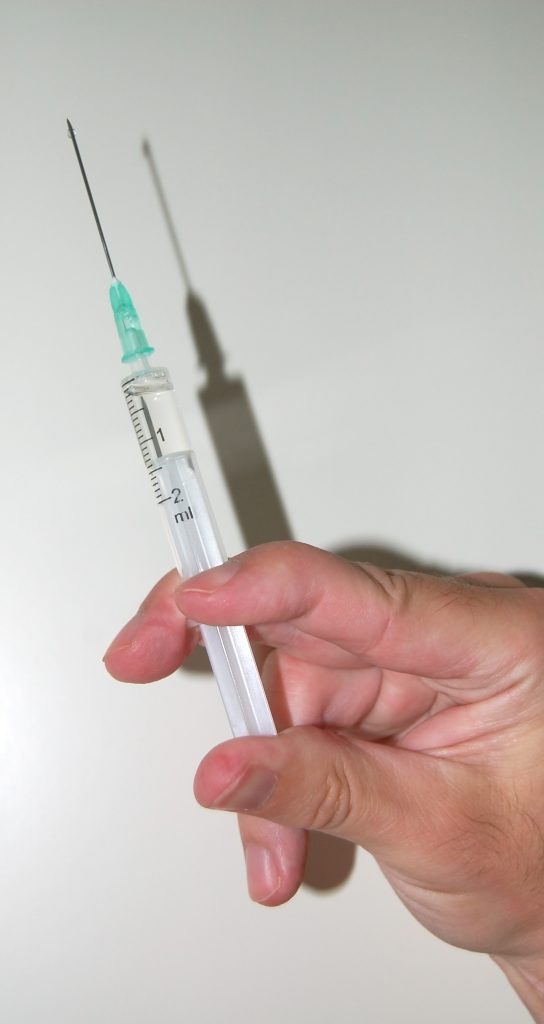 A lawsuit out of Lafayette Parish demonstrates how Louisiana law allocates workers’ compensation benefits. To qualify for benefits, an employee must be injured during the course of employment. Temporary Total Disability (TTD) Benefits are paid while the employee is unable to work due to an injury. Supplemental Earnings Benefits (“SEB”) are a bit more technical. SEBs are paid when the injured worker has reached “maximum medical improvement” and is no longer eligible for TTD, but is incapable of earning 90% of pre-accident wages.
A lawsuit out of Lafayette Parish demonstrates how Louisiana law allocates workers’ compensation benefits. To qualify for benefits, an employee must be injured during the course of employment. Temporary Total Disability (TTD) Benefits are paid while the employee is unable to work due to an injury. Supplemental Earnings Benefits (“SEB”) are a bit more technical. SEBs are paid when the injured worker has reached “maximum medical improvement” and is no longer eligible for TTD, but is incapable of earning 90% of pre-accident wages.
Our case begins on August 16, 2006, when Ronald Leleux, a carpenter for Numa C. Hero & Son (“Numa Hero”), was injured on the job while trying to escape from a swarm of wasps. About eight months following the accident Leleux was awarded TTD (the “consent judgment”). On November 18, 2010, Leleux consulted Dr. Daniel Hodges for pain management. Nearly two years later Leleux met with Dr. Douglas Bernard, who was recommended by Numa Hero. Dr. Bernard’s report indicated that Leleux had benign degenerative disk disease and that Leleux could perform unrestricted work activities. On August 7, 2013, Leleux saw a third doctor who was appointed by the Workers’ Compensation Judge (WCJ), Dr. Christopher Belleau. Dr. Belleau testified in a deposition that Leleux had reached maximum medical improvement and was capable of sedentary work. Less than one year after Dr. Belleau’s deposition, Numa Hero filed a motion asking to modify the earlier consent judgment. During the trial on the motion, the WCJ considered Leleux’s testimony, Dr. Belleau’s deposition, and the records of Dr. Bernard and Dr. Hodges. The WCJ issued a judgment modifying Leleux’s benefits from TTD to SEB. Displeased with the outcome, Leleux appealed the WCJ’s modification to the Louisiana Third Circuit Court of Appeal.
Pursuant to La.R.S. 23:1221(1)(d), when a claimant’s condition has stabilized and treatment is no longer required, TTD is not appropriate and a determination regarding the extent of the claimant’s disability must be made. See Navarre v. K-Mart, 803 So.2d 206 (La. Ct. App. 2001). La.R.S. 23:1310.8 sets forth the WCJ’s authority to modify compensation awards. Two provisions of La. R.S. 23:1310.8 were at issue in this case: subsection (A)(1), which applies to a reclassification of benefits, and subsection (B), which applies to a change in the amount of compensation or a request to end the payment of benefits.
 Louisiana Personal Injury Lawyer Blog
Louisiana Personal Injury Lawyer Blog


 When you get hurt on the job, it is common to seek workers’ compensation benefits to help with the costs of your injury. However, the employer will likely at some point seek to diminish or cease payment altogether. In a recent case out of the Parish of Calcasieu, we learn just how far an employer must go in helping a former employee find a replacement job before reducing benefits.
When you get hurt on the job, it is common to seek workers’ compensation benefits to help with the costs of your injury. However, the employer will likely at some point seek to diminish or cease payment altogether. In a recent case out of the Parish of Calcasieu, we learn just how far an employer must go in helping a former employee find a replacement job before reducing benefits.  Peanuts and cracker jacks are two cornerstones of the game of baseball. However, surgery is not. Yet, when one little leaguer got struck by a baseball during practice, the league’s insurer tried to get out of picking up some of his medical bills. The Louisiana Third Circuit Court of Appeal, however, was not going to let the insurance company off so easily.
Peanuts and cracker jacks are two cornerstones of the game of baseball. However, surgery is not. Yet, when one little leaguer got struck by a baseball during practice, the league’s insurer tried to get out of picking up some of his medical bills. The Louisiana Third Circuit Court of Appeal, however, was not going to let the insurance company off so easily.  Sometimes when a plaintiff is awarded damages at trial he or she may believe that the damage amount does not match the injury he or she incurred. When this situation happens, what can a plaintiff do to challenge the damage award? And how easy is it get an increase in the damages amount? A recent First Circuit Court of Appeal case involving a Terrebonne Parish man provides guidance towards answering these questions.
Sometimes when a plaintiff is awarded damages at trial he or she may believe that the damage amount does not match the injury he or she incurred. When this situation happens, what can a plaintiff do to challenge the damage award? And how easy is it get an increase in the damages amount? A recent First Circuit Court of Appeal case involving a Terrebonne Parish man provides guidance towards answering these questions. Often, the facts of a lawsuit are unclear. One strategy that lawyers often use to prove their version of events is to use an expert witness to corroborate their side’s story. Expert witnesses are individuals who possess knowledge in a field or area that the average person knows little to nothing about. Frequently, both sides in a lawsuit end up utilizing experts who often times have differing opinions about the facts surrounding the lawsuit. But how does a judge or jury determine which expert is correct? Recently, the Fifth Circuit Court of Appeal for the State of Louisiana addressed these questions in a workers’ compensation case.
Often, the facts of a lawsuit are unclear. One strategy that lawyers often use to prove their version of events is to use an expert witness to corroborate their side’s story. Expert witnesses are individuals who possess knowledge in a field or area that the average person knows little to nothing about. Frequently, both sides in a lawsuit end up utilizing experts who often times have differing opinions about the facts surrounding the lawsuit. But how does a judge or jury determine which expert is correct? Recently, the Fifth Circuit Court of Appeal for the State of Louisiana addressed these questions in a workers’ compensation case. When an employee is injured in the course of his or her job, then the employee will receive wage replacement and medical benefits in the form of workers’ compensation. Workers’ compensation takes the place of a lawsuit an employee can bring when he or she is injured on the job by someone’s negligence. Because employers are responsible for providing a safe work environment, it stands to reason that employers are responsible when that environment is unsafe. While workers’ compensation provides a necessary service to injured workers, there are always those who would try to take advantage of the system. This struggle to try to provide for those who are legitimately injured while at work and deny claims for those who try to defraud the system gives rise to a complex body of law. One reoccurring issue that often surfaces in workers’ compensation cases is whether an employee is injured while on the job. Recently, the Fifth Circuit Court of Appeal examined this issue when determining whether an employee for a pool table installing company injured his back while on the job.
When an employee is injured in the course of his or her job, then the employee will receive wage replacement and medical benefits in the form of workers’ compensation. Workers’ compensation takes the place of a lawsuit an employee can bring when he or she is injured on the job by someone’s negligence. Because employers are responsible for providing a safe work environment, it stands to reason that employers are responsible when that environment is unsafe. While workers’ compensation provides a necessary service to injured workers, there are always those who would try to take advantage of the system. This struggle to try to provide for those who are legitimately injured while at work and deny claims for those who try to defraud the system gives rise to a complex body of law. One reoccurring issue that often surfaces in workers’ compensation cases is whether an employee is injured while on the job. Recently, the Fifth Circuit Court of Appeal examined this issue when determining whether an employee for a pool table installing company injured his back while on the job. Accidents can happen at any time, even at work. Sometimes these accidents can aggravate a pre-existing injury. In a claim for workers’ compensation benefits, employers may use the existence of an old injury to deny payment of benefits despite a clear work accident with medical repercussions. This was the case for a government employee in Winnsboro, Louisiana.
Accidents can happen at any time, even at work. Sometimes these accidents can aggravate a pre-existing injury. In a claim for workers’ compensation benefits, employers may use the existence of an old injury to deny payment of benefits despite a clear work accident with medical repercussions. This was the case for a government employee in Winnsboro, Louisiana.  There are many questions involved in filing and pursuing a lawsuit. How do I file? When must I file? Against whom do I file it? What amount of damages do I seek? Most people are unaware that there are different types of damages. An attorney’s trial strategy not only plays a critical role in
There are many questions involved in filing and pursuing a lawsuit. How do I file? When must I file? Against whom do I file it? What amount of damages do I seek? Most people are unaware that there are different types of damages. An attorney’s trial strategy not only plays a critical role in  There really can be several hazards in a grocery store: rogue carts, other shoppers, scattered merchandise, to name a few. Even more common is the infamous puddle of water. Inevitably in a store full of liquids, patrons can slip and fall in a neglected puddle. But when should the grocery store (or any merchant) be required to compensate a patron for injuries sustained in a slip and fall case? This was the subject of a recent case out of Marrero, Louisiana.
There really can be several hazards in a grocery store: rogue carts, other shoppers, scattered merchandise, to name a few. Even more common is the infamous puddle of water. Inevitably in a store full of liquids, patrons can slip and fall in a neglected puddle. But when should the grocery store (or any merchant) be required to compensate a patron for injuries sustained in a slip and fall case? This was the subject of a recent case out of Marrero, Louisiana.  In November 2002, Ms. Annette Toston died at St. Francis Medical Center from complications from an underlying kidney infection. Prior to her death, Ms. Toston was a patient at E.A. Conway Hospital where physicians determined she requested a surgical procedure only available at St. Francis. Ms. Toston arrived at St. Francis on November 25, 2002, however, was not admitted until approximately fifteen hours after arrival. Ms. Toston subsequently died during the operation. Following the death of Ms. Toston, her seven children filed suit in the Fourth Judicial District Court. On July 14, 2014, the Judge entered a judgment in favor of Ms. Toston’s seven children. The written judgment assessed St. Francis with $100,000, damages and the Louisiana Patient’s Compensation Fund (“PCF”) with $400,000. The PCF automatically covers all state healthcare providers and caps the recovery of damages against a qualified healthcare provider at $100,000, plus interest per patient per incident. Any award in excess of the cap is paid directly by the PCF. St. Francis entered into a settlement agreement with Ms. Toston’s family for the $100,000, under the conditions that it would be released from all liability, and reserving all rights to proceed against the PCF.
In November 2002, Ms. Annette Toston died at St. Francis Medical Center from complications from an underlying kidney infection. Prior to her death, Ms. Toston was a patient at E.A. Conway Hospital where physicians determined she requested a surgical procedure only available at St. Francis. Ms. Toston arrived at St. Francis on November 25, 2002, however, was not admitted until approximately fifteen hours after arrival. Ms. Toston subsequently died during the operation. Following the death of Ms. Toston, her seven children filed suit in the Fourth Judicial District Court. On July 14, 2014, the Judge entered a judgment in favor of Ms. Toston’s seven children. The written judgment assessed St. Francis with $100,000, damages and the Louisiana Patient’s Compensation Fund (“PCF”) with $400,000. The PCF automatically covers all state healthcare providers and caps the recovery of damages against a qualified healthcare provider at $100,000, plus interest per patient per incident. Any award in excess of the cap is paid directly by the PCF. St. Francis entered into a settlement agreement with Ms. Toston’s family for the $100,000, under the conditions that it would be released from all liability, and reserving all rights to proceed against the PCF.